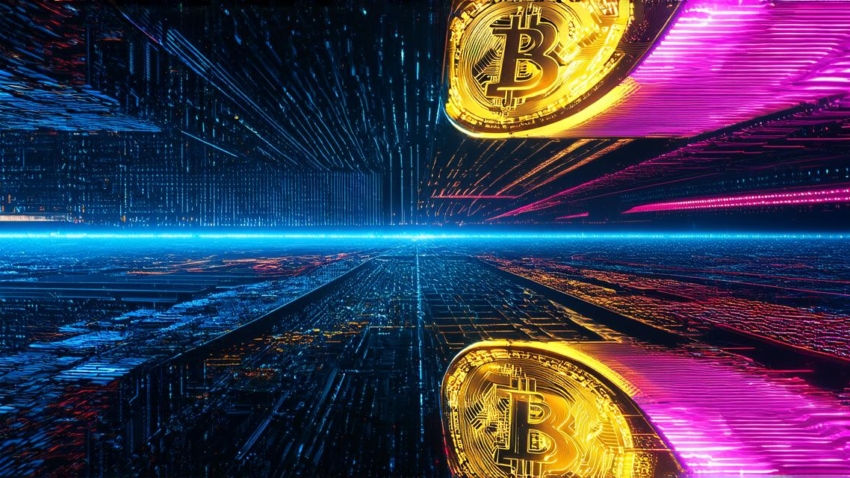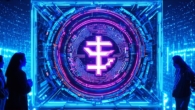
Is there a future for NFTs
1. What are NFTs?
Before diving into the potential future of NFTs, it’s important to understand what they are. An NFT is a unique digital asset that represents ownership of a piece of content such as art, music, or videos. Each NFT has its own unique characteristics, making it non-interchangeable with other assets of the same type. NFTs are stored on blockchain technology, which provides transparency, security, and authenticity to the ownership of these assets.
1. The Rise of NFTs
The popularity of NFTs has skyrocketed in recent years, particularly in the art and collectibles market. In 2020, the first-ever NFT auction was held at Christie’s, where a digital artwork by Beeple sold for $69 million. This marked the beginning of a new era for NFTs, as they became increasingly recognized as valuable assets that could be bought and sold like traditional art.
In addition to the art market, NFTs have also found success in other industries such as gaming, sports, and even real estate. For example, NBA Top Shot is an NFT platform that allows users to collect and trade rare moments from NBA games, while Decentraland is a virtual reality platform built on blockchain technology that allows users to buy and sell virtual real estate using NFTs.
1. The Advantages of NFTs
The unique properties of NFTs make them attractive for various industries. Here are some of the advantages of NFTs:
-
Ownership and Authenticity: NFTs provide transparency, security, and authenticity to the ownership of digital assets. Each NFT has its own unique characteristics, making it non-interchangeable with other assets of the same type. This provides a sense of ownership and authenticity to the asset, which is particularly important in the art market where provenance and ownership history are critical factors.
-
Liquidity and Accessibility: NFTs provide liquidity and accessibility to digital assets. Unlike traditional art, which can only be sold through physical galleries or auctions, NFTs can be bought and sold on online marketplaces at any time, making them accessible to a wider audience. In addition, the liquidity of NFTs allows for easy buying and selling of digital assets, providing a more efficient marketplace for these assets.
-
Creative Expression and Monetization: NFTs provide artists and creators with a new way to monetize their work. With NFTs, artists can sell unique digital assets that represent ownership of their work, allowing them to earn royalties on subsequent sales or use of their work. This provides artists with a new revenue stream and incentivizes them to create more content.
1. The Challenges of NFTs
While NFTs have gained significant traction in recent years, there are also challenges that need to be addressed in order to ensure their long-term success. Here are some of the challenges facing NFTs:
-
Regulation and Compliance: The regulation and compliance of NFTs are still evolving, and there is a lack of clarity around how these assets should be classified and taxed. This can create uncertainty for investors and creators, and may limit the adoption of NFTs in certain industries.
-
Adoption and Education: Despite their growing popularity, many people still do not understand what NFTs are or why they would want to buy one. In order for NFTs to achieve widespread adoption, there needs to be increased education and awareness about their benefits and potential uses.
-
Interoperability and Scalability: There is a lack of interoperability between different NFT platforms, making it difficult for users to transfer assets between them.








